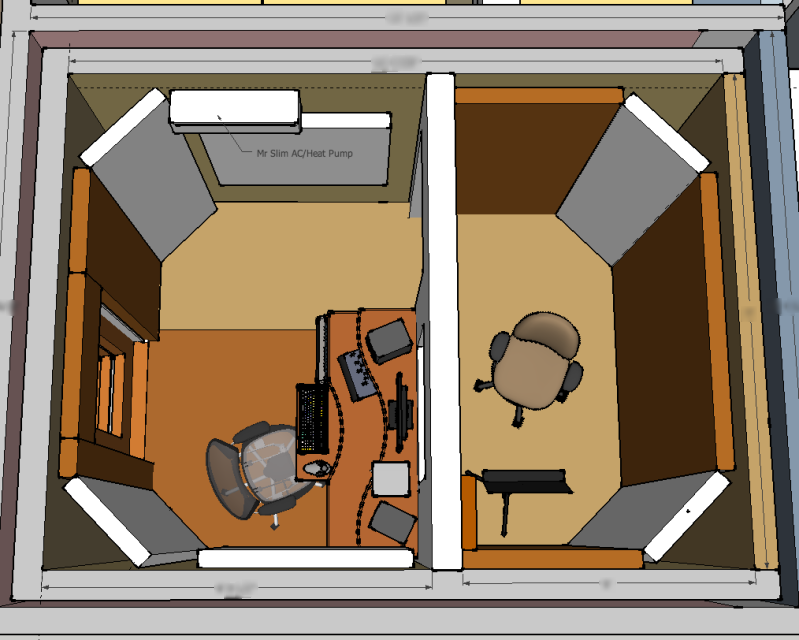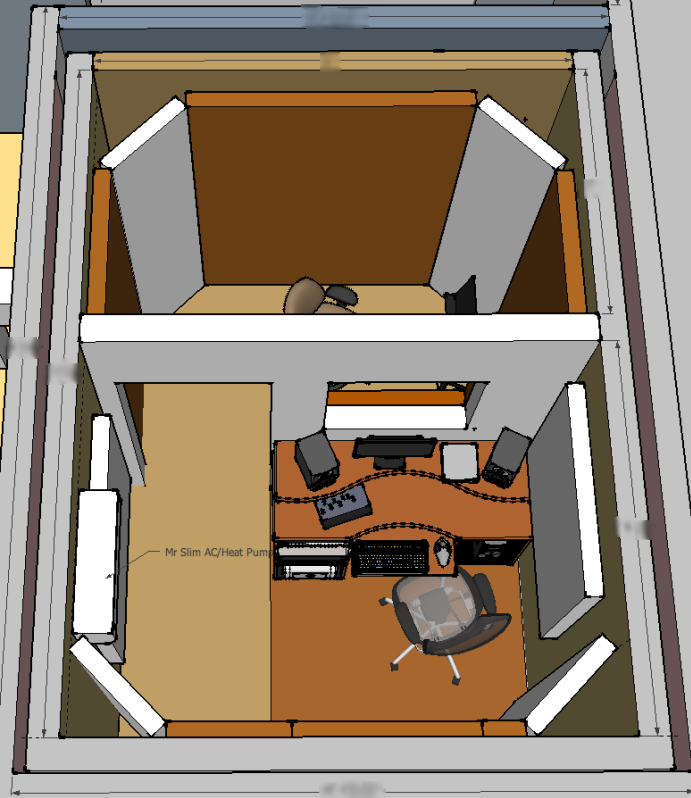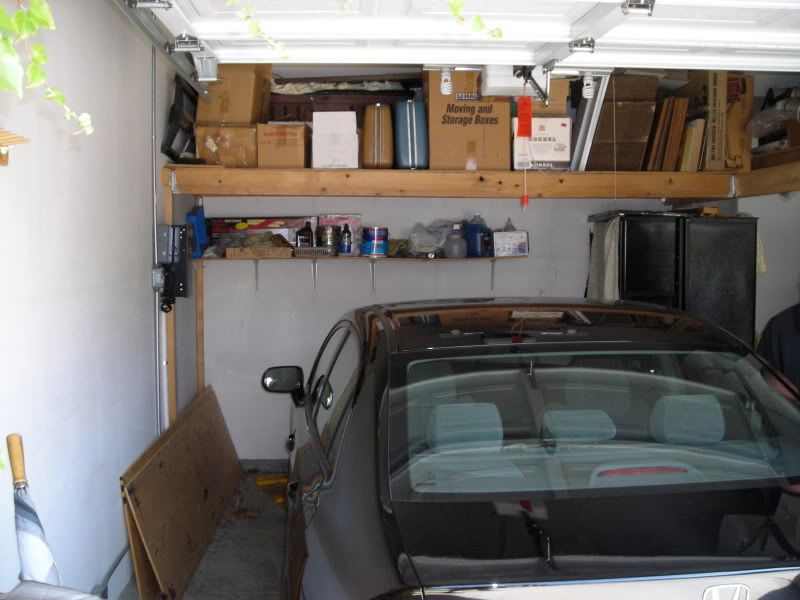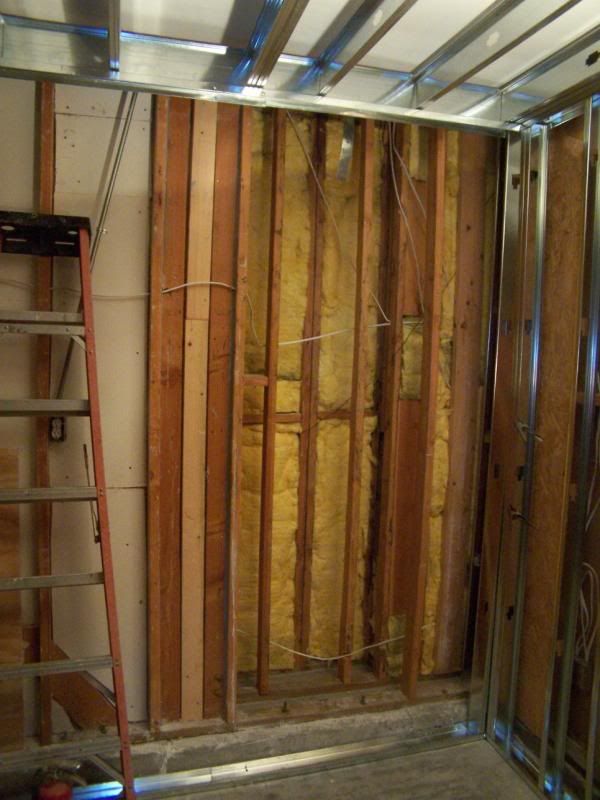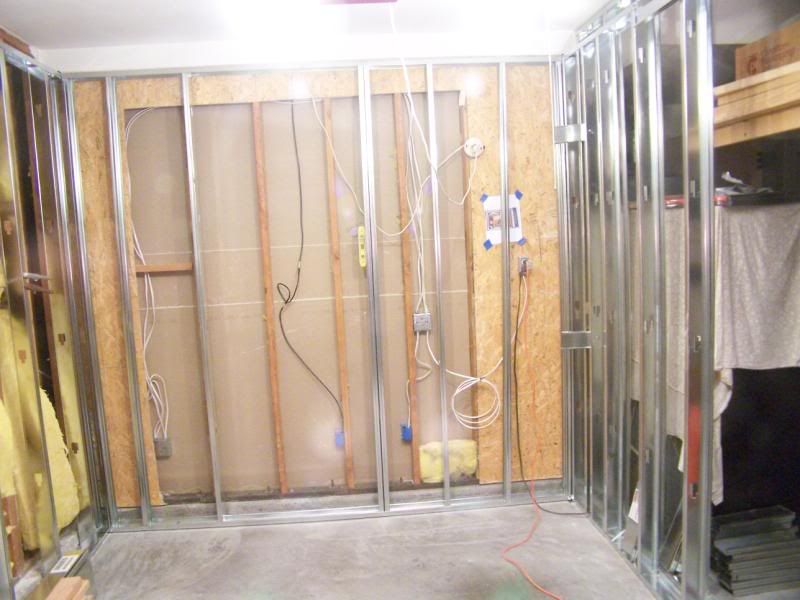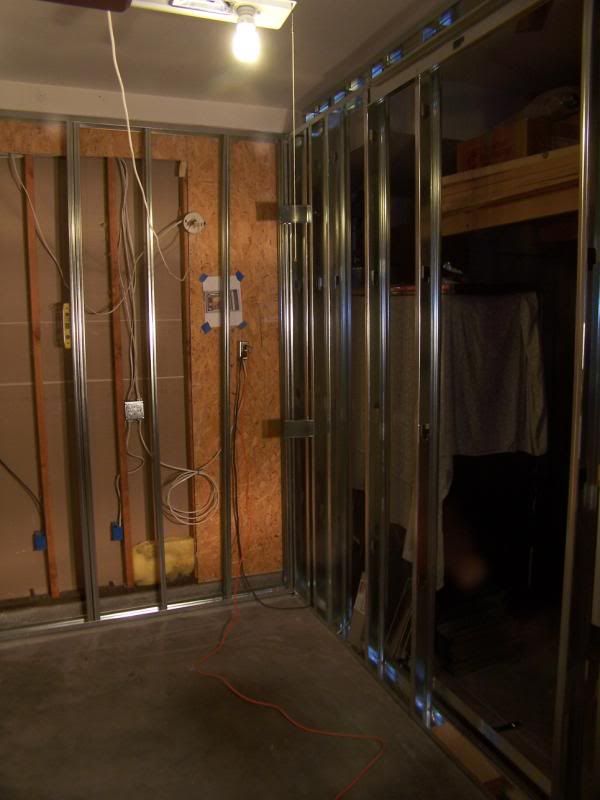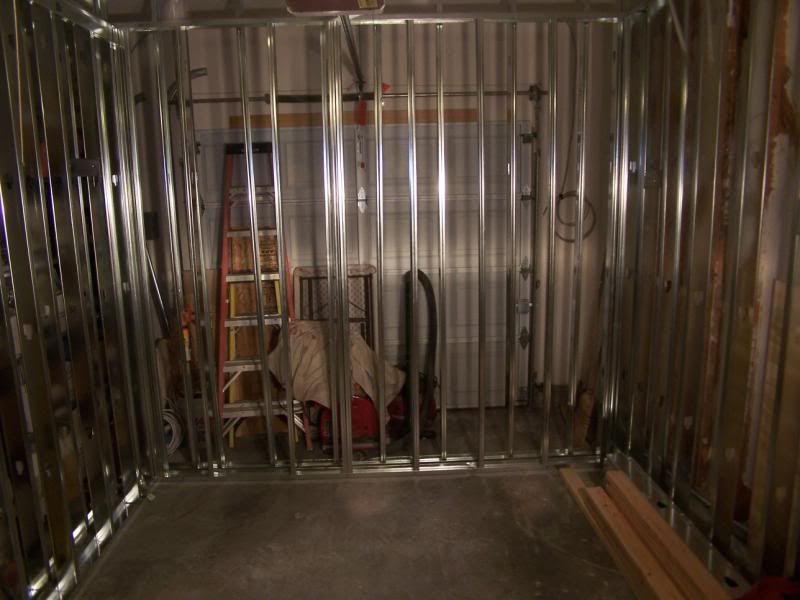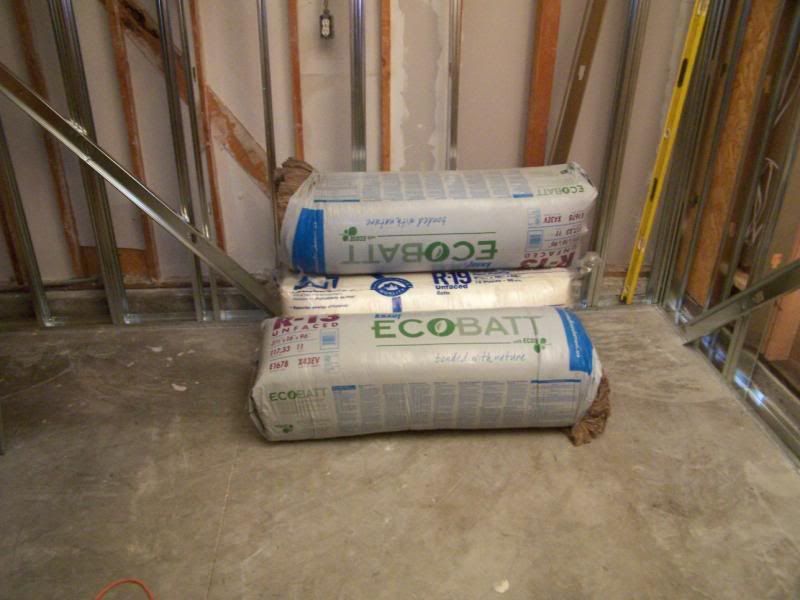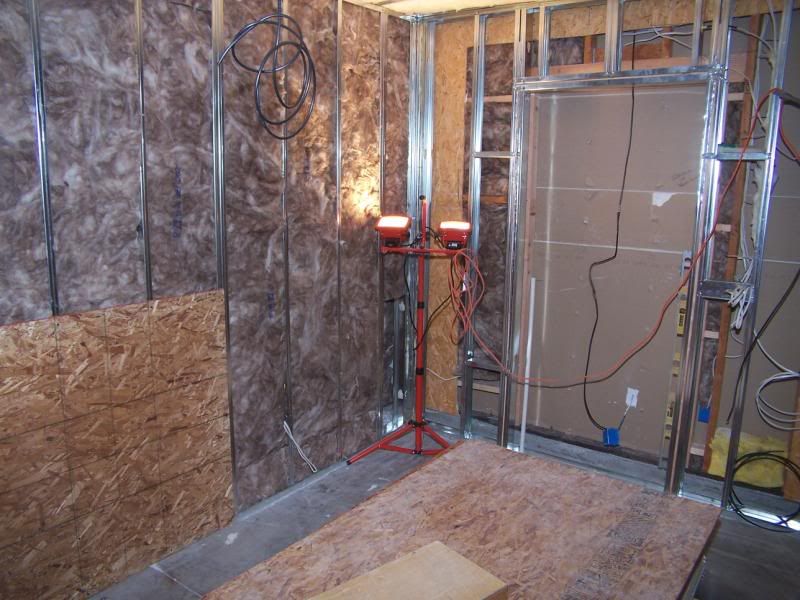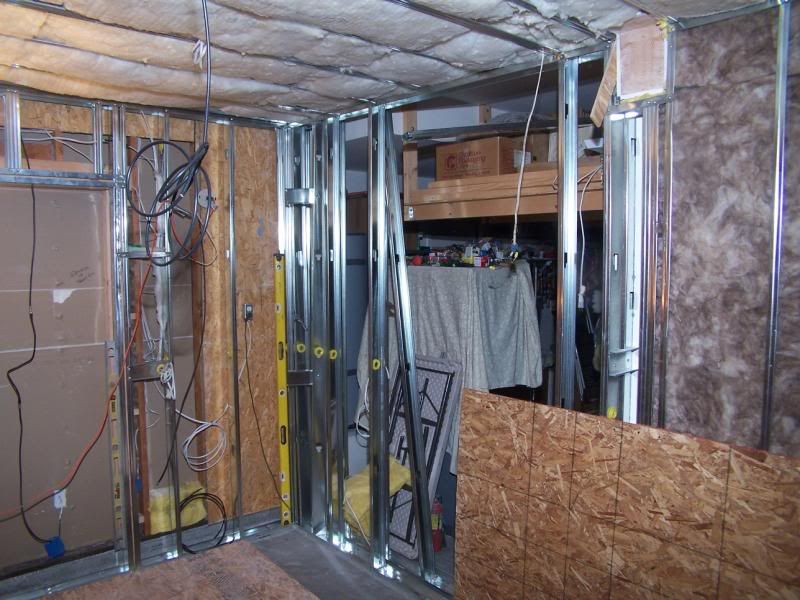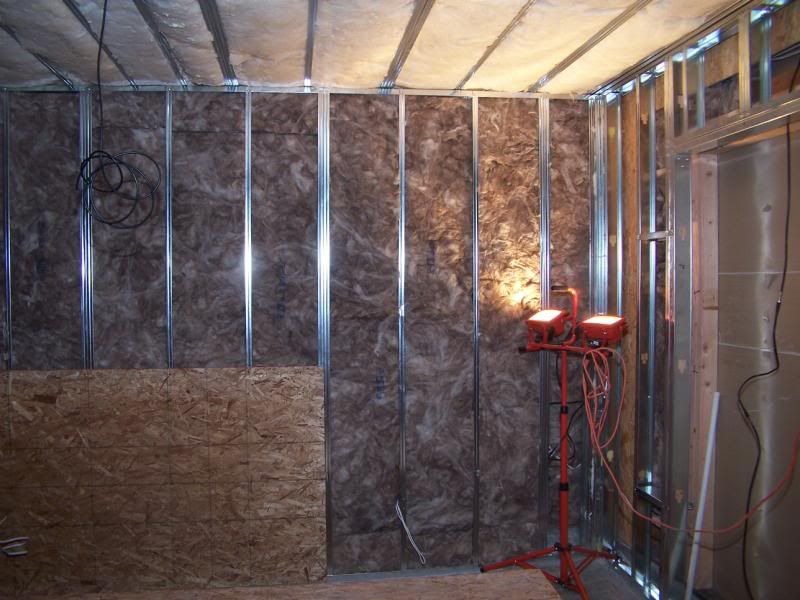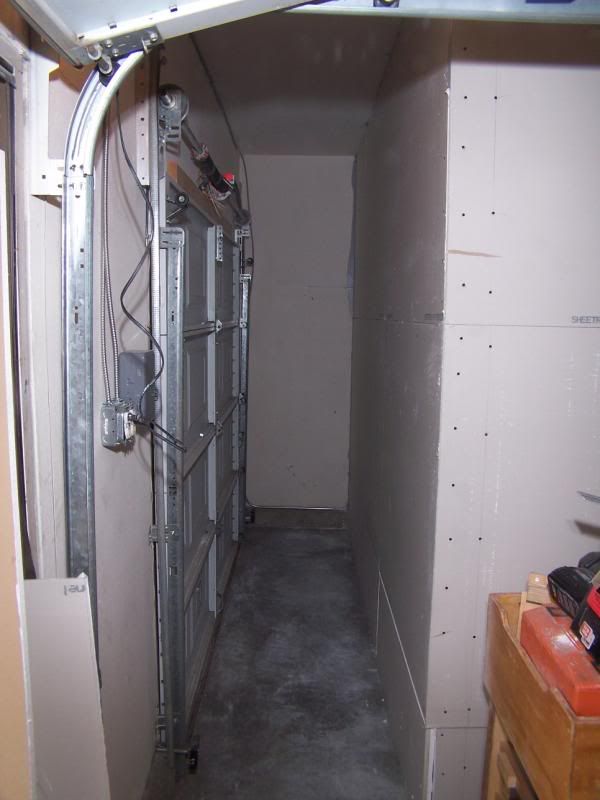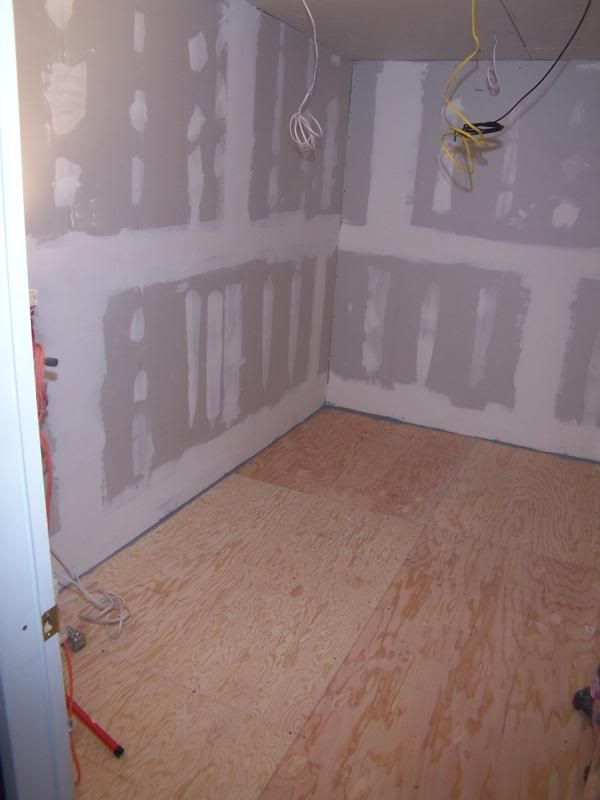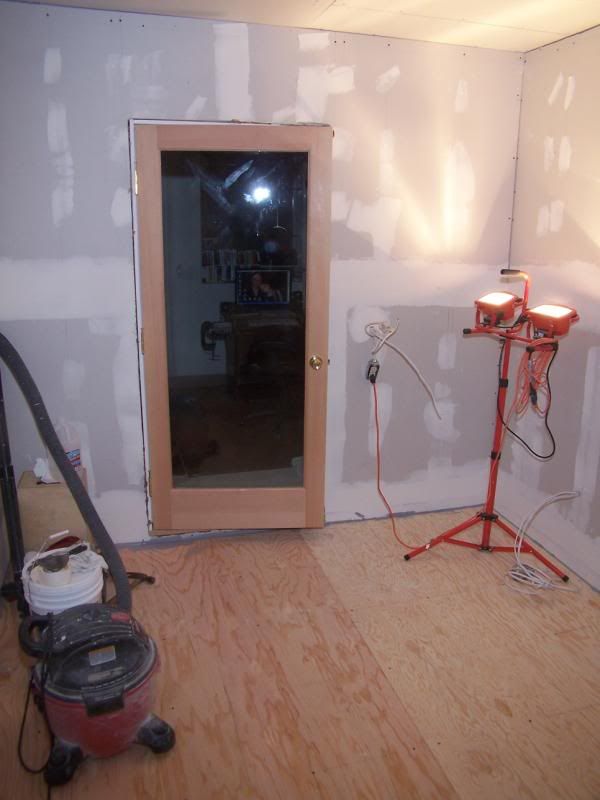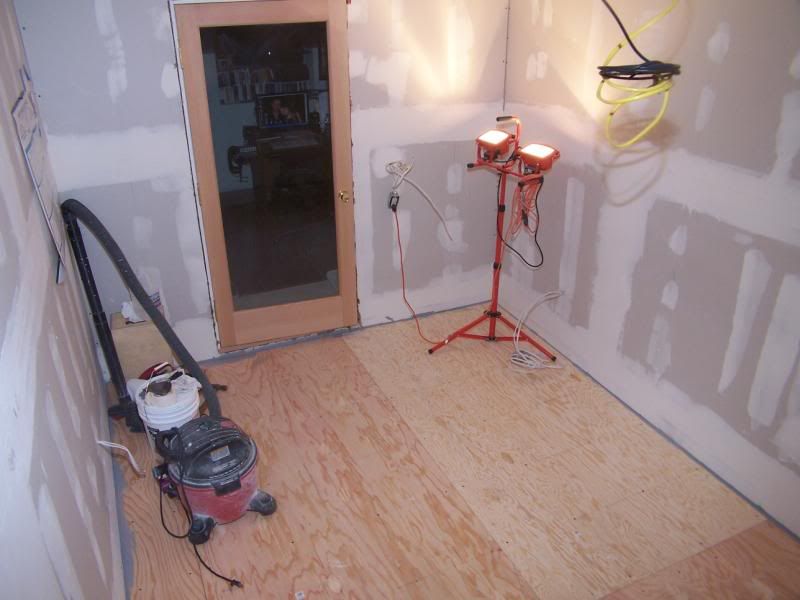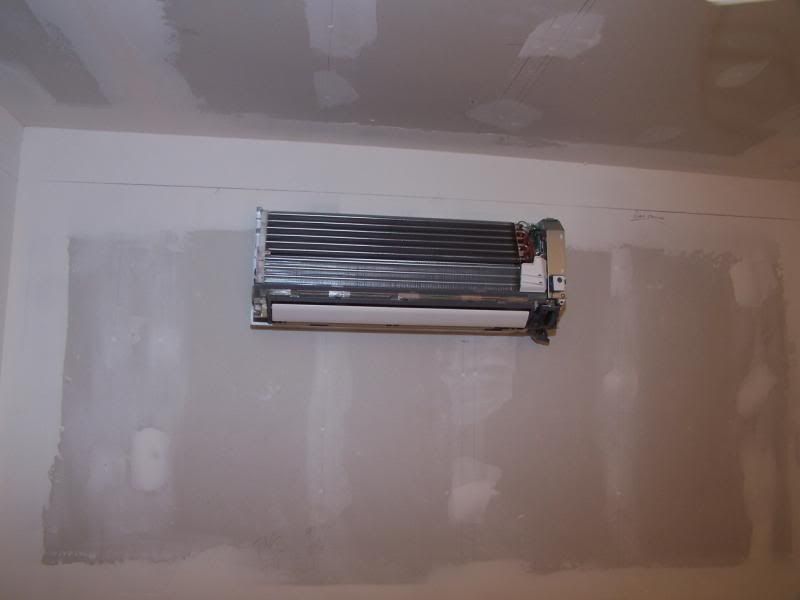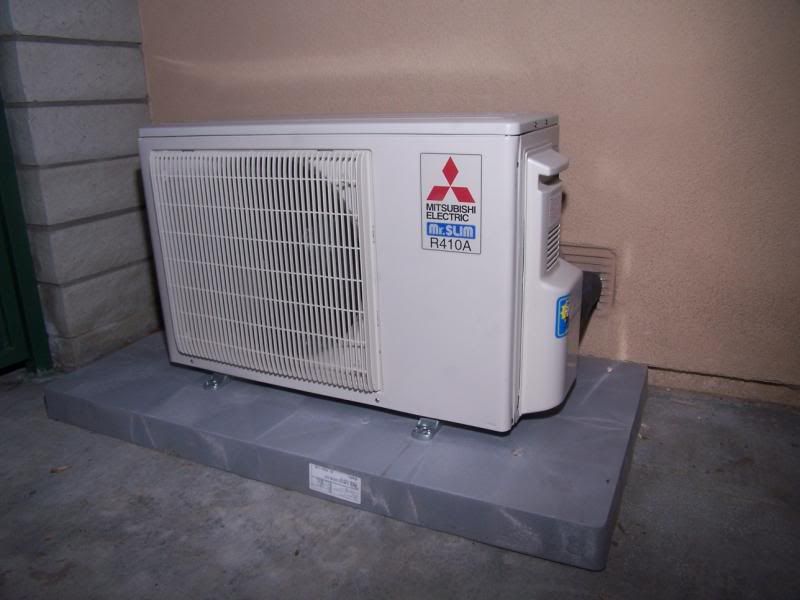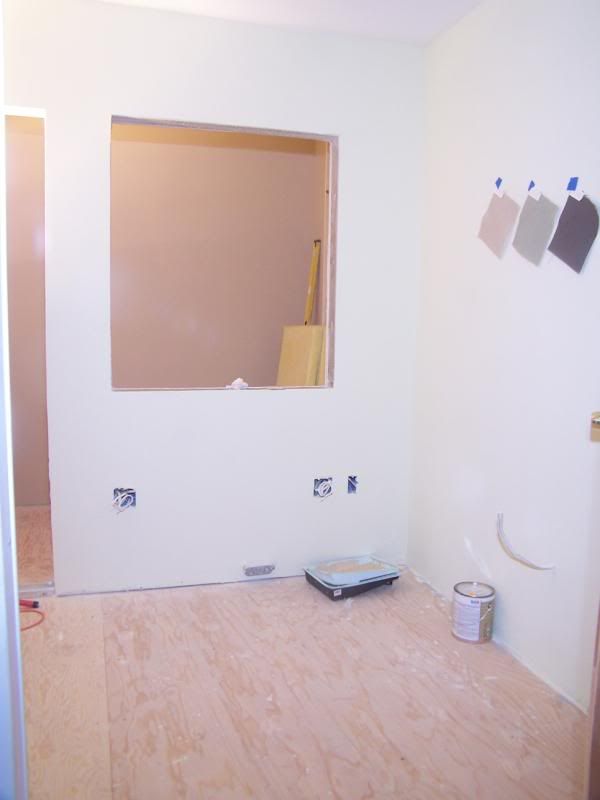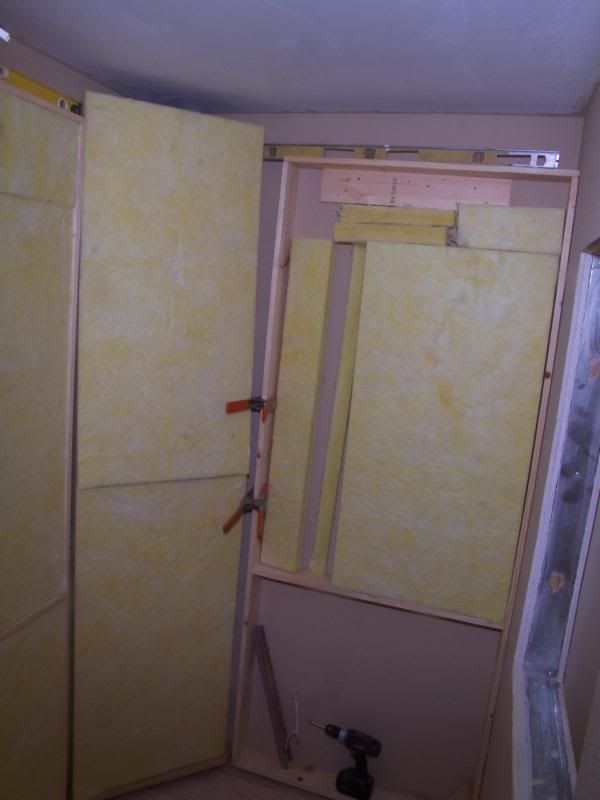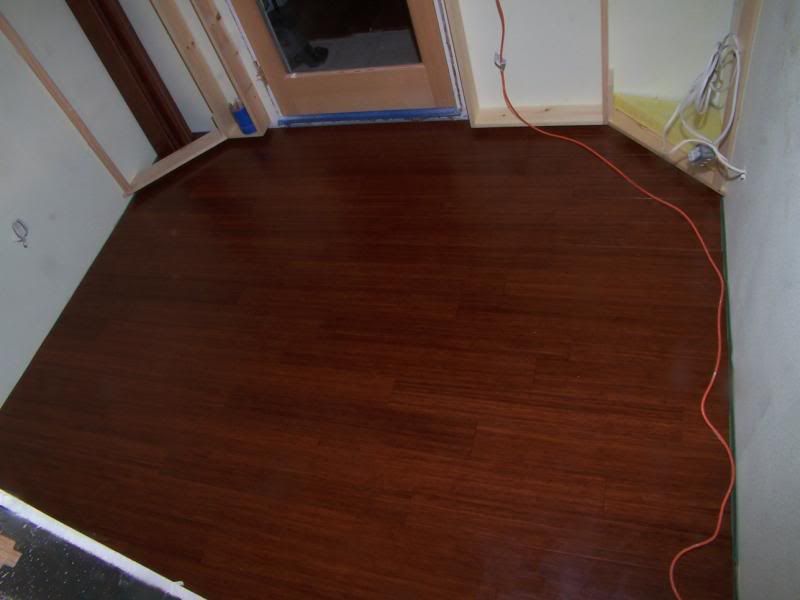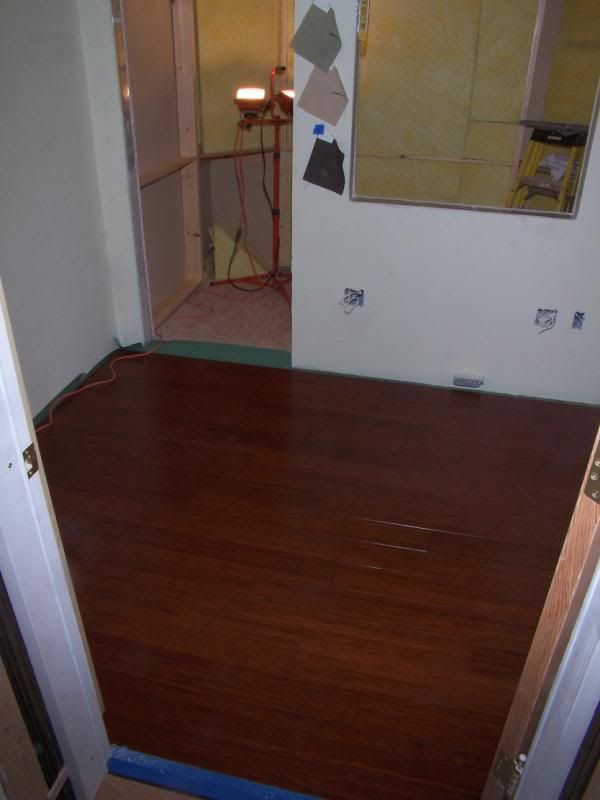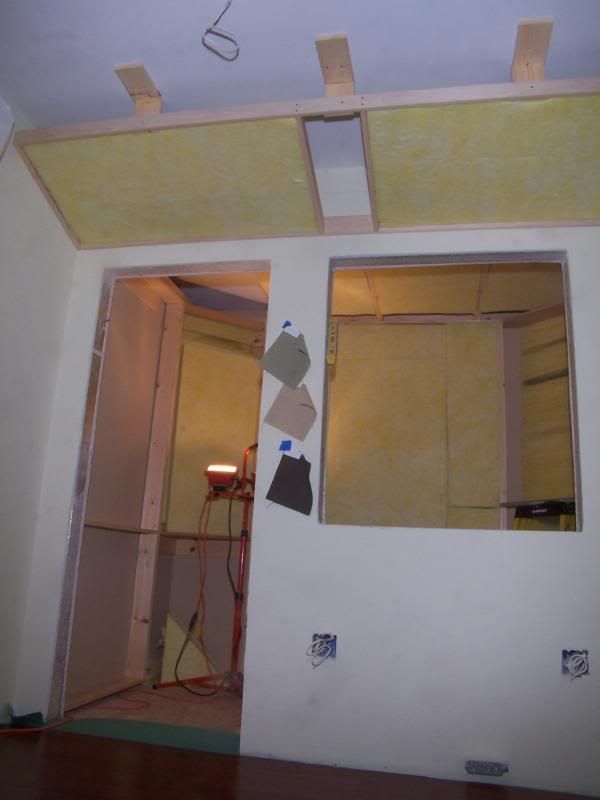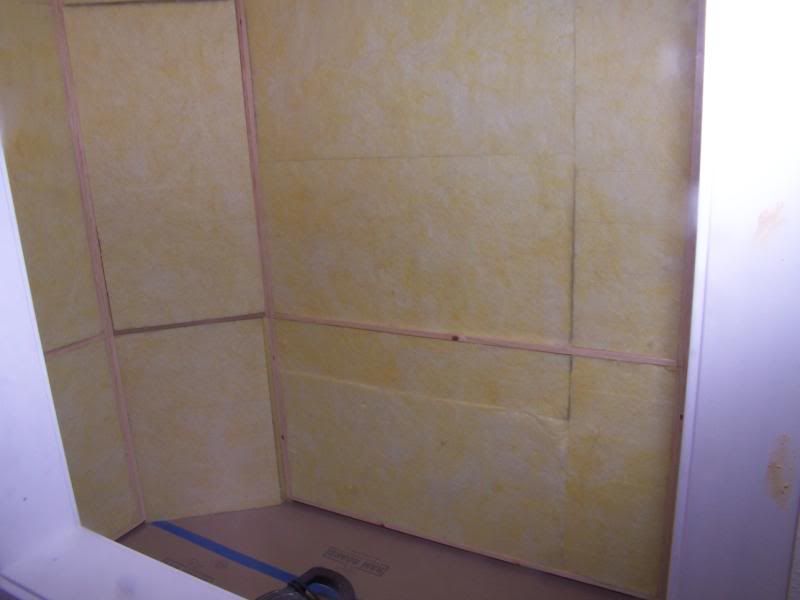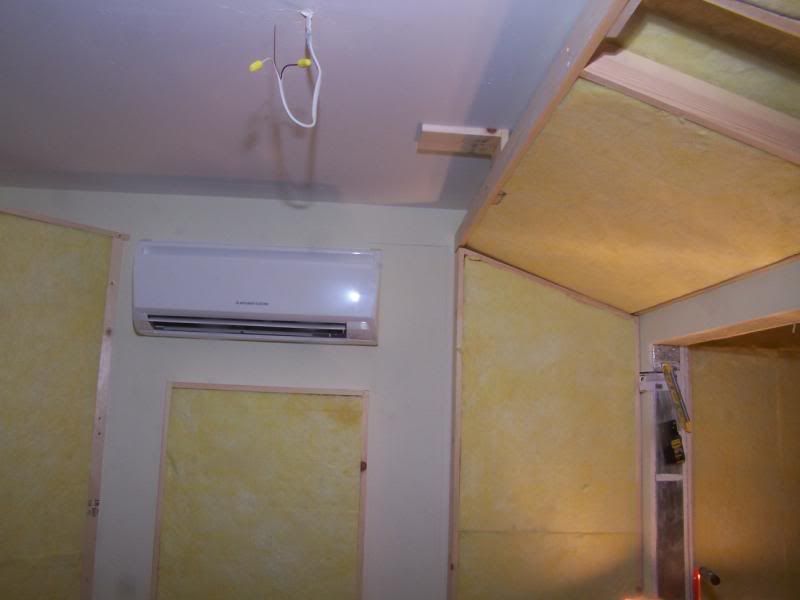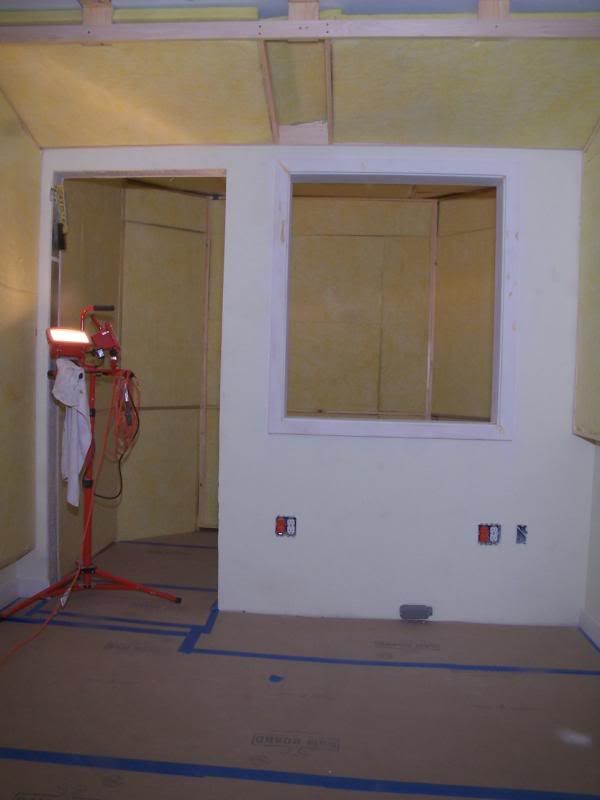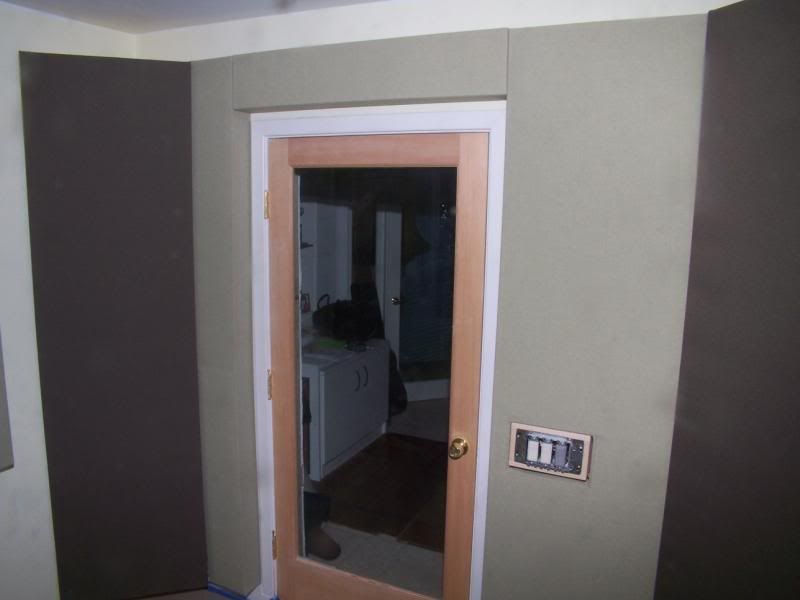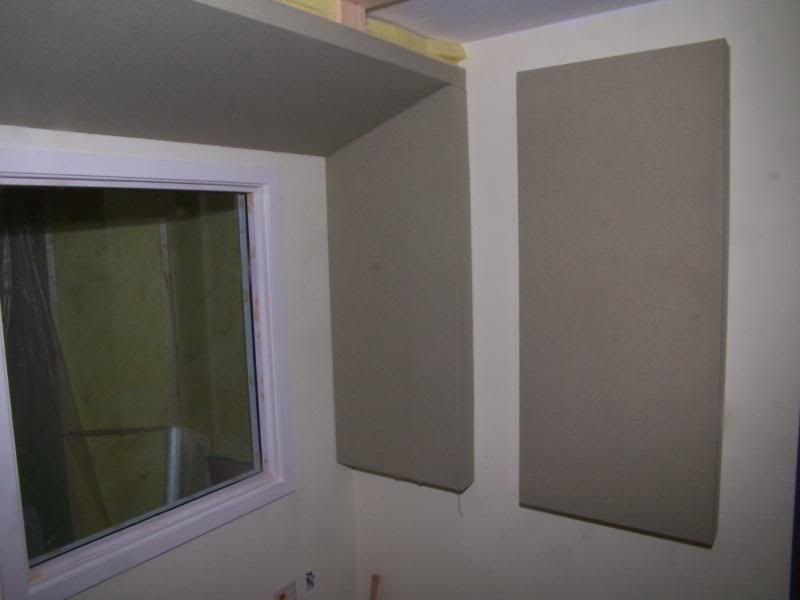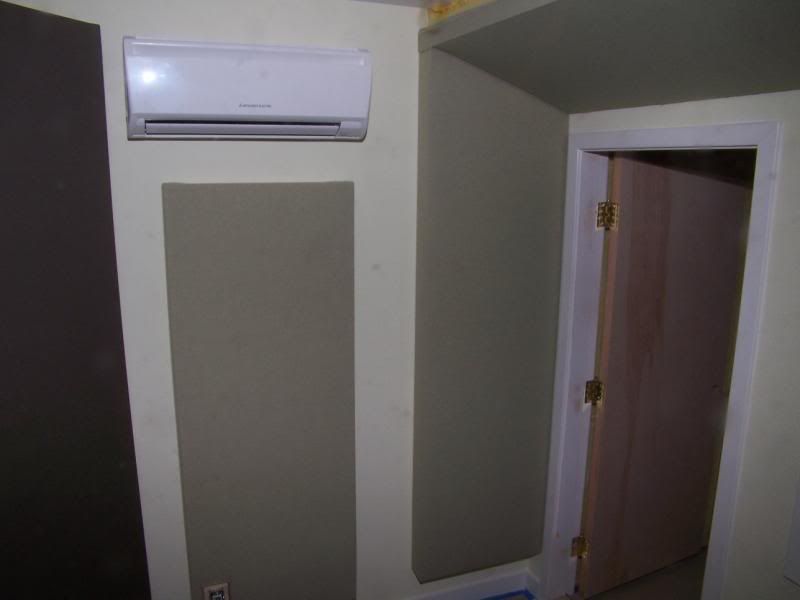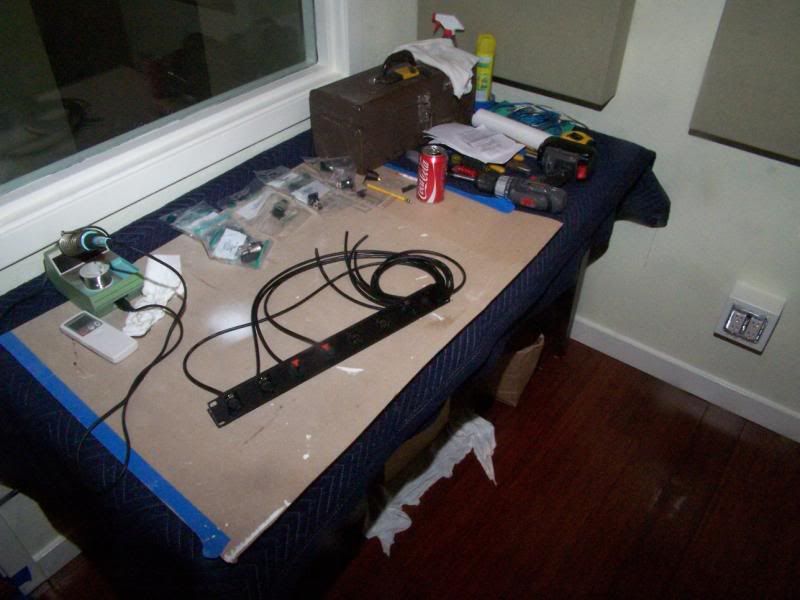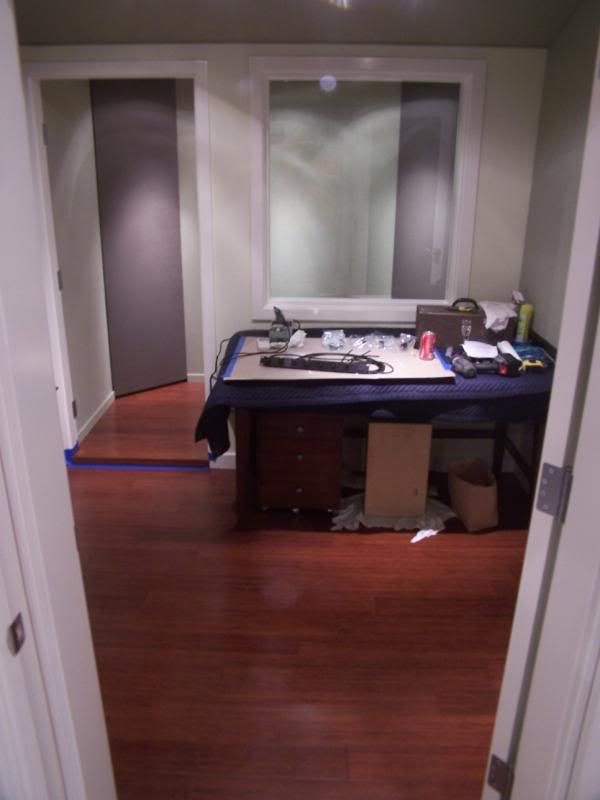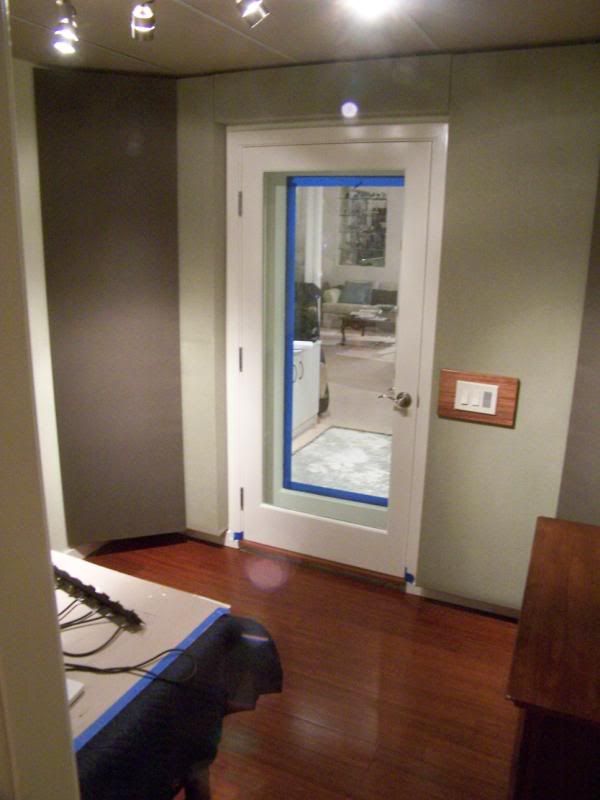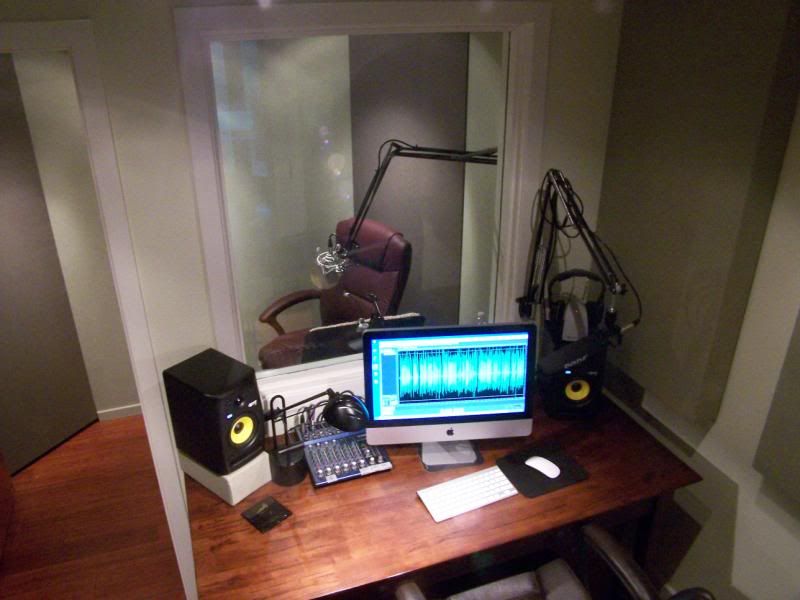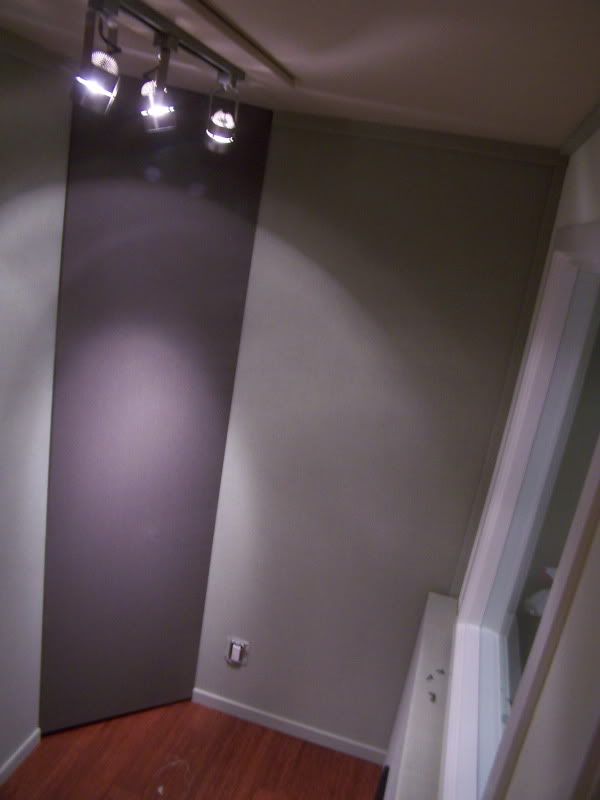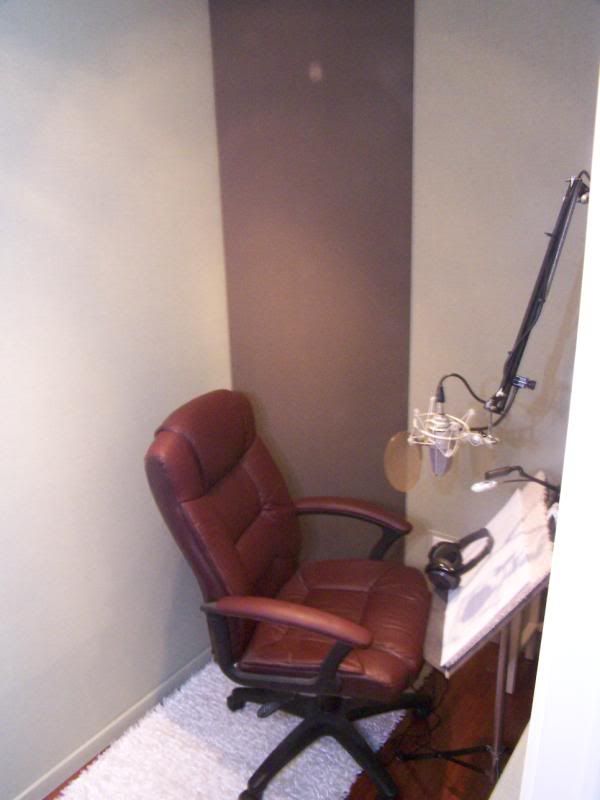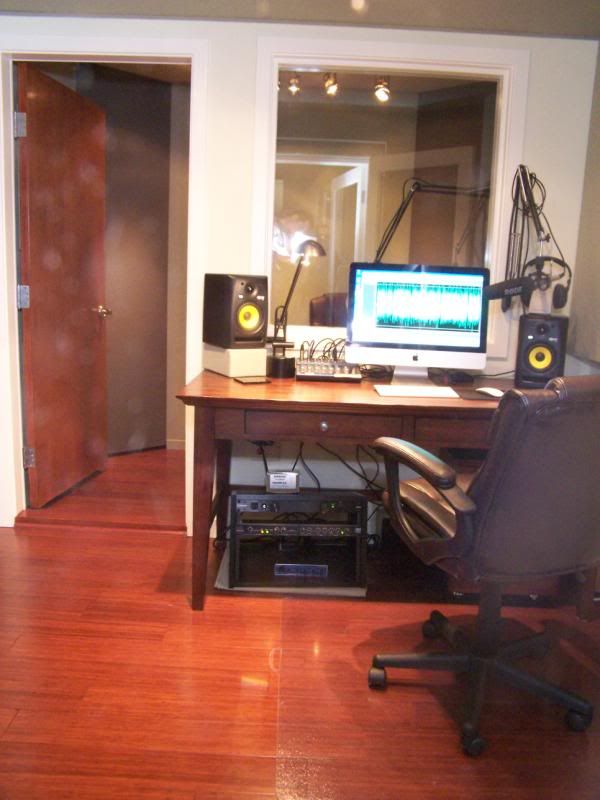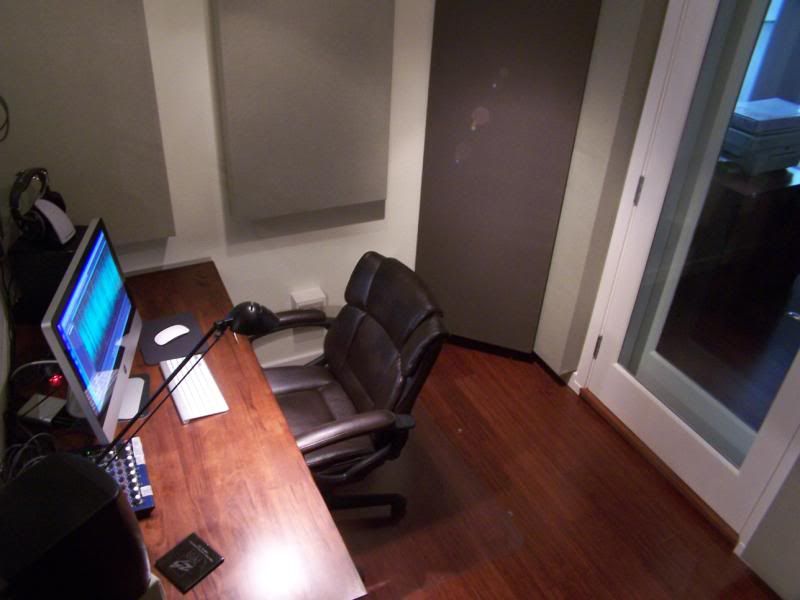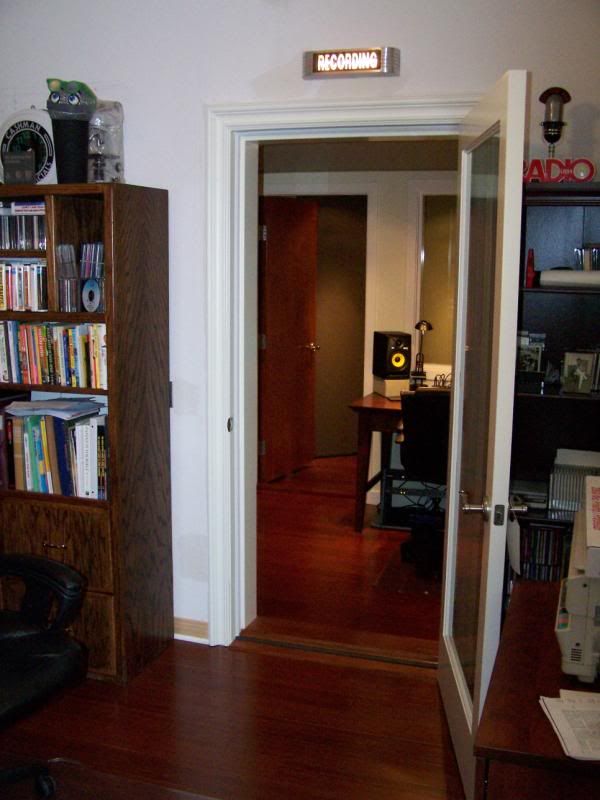Before the ease and convenience of "at home" digital recording came along, there were professional studios. A great deal of money went into the gear for those studios- the microphones, mixers, preamps, recorders and processors of all types- these were the obvious expenditures.
What was not so obvious, is the amount of money and effort that went into the recording space itself. The space you record in is just as important as the gear you use. Some may disagree, but it is true- 90% of your audios sound comes from the room you record in. If the the room sounds bad, you will sound bad. If you can hear the noise of the outside world bleeding into your recording space, you can be sure your microphone can hear it too, and then some.
Some microphones like the Sennheiser 416 or Electrovoice RE20 are not cure-alls. Yes, they do have a wonderful side rejection of sound, but if the noise is filling the room, even these mics will pick it up. Though they do help, but are just band-aids.
The first thing you need to do is seek out the quietest location in your house. This is usually a room or area farthest away form the street. In LA or any big city for that matter, there never seems to be a quiet place to record in.
Though less then ideal, closets tend to be in the center of the house. Theses spaces are isolated by the homes other walls, and thusly helps reduce outside noise.
Old leaky and drafty windows let in a lot of noise. If air can enter a room though a crack so can noise. This is the very principal of sound: the vibration or changes in air pressure. Sometimes I am required to seal/ plug windows off or eliminate them all together to stop the noise. And it can go as far as requiring construction, to modify the room with the addition of insulation in the walls or added layers of drywall. Caulking along the bottoms of walls at the floor to seal the cracks with a non harding caulk to stop the flow of air and the sound that comes with it. Yes, you'd be amazed at how much sound this simple step will eliminate.
FACTOID: A one inch hole can let as much noise into a room as an open door. (Pull that one out at the next Rotary Club meeting)
Yeah it can get expensive, but if you live in a noisy area, and you want to be in VO you need to take whatever means required to get yourself to a professional level, in terms of recording excellence. This means you are a single sound source in a room.
But there are steps you can take to help eliminate and mitigate noise that are not so expensive as major construction. First, listen.
Listen to your recordings for the buzzes, clicks, and the whirrs of machinery and fans. Sidebar: [It's best to listen with a good set of headphones. And it's sometimes best to listen to the recording in a different room or sound environment, so the sounds wont be masked by the sound itself. Car interiors are good for this- engine off of course.]
Once you find those pesky noises, eliminate them, banish them from the room and house.
Wood framed homes with wood subfloors can carry noise through the entire structure. Appliances like refrigerators and dishwashers (both the electric and the domestic kinds) will resonate the floor and the noise will travel throughout the entire house. (Wood transfers sound very well, that's why Stradivarius didn't make aluminum violins). Placing 1/2 inch or thicker, medium density neoprene foam pads under the feet of appliances can reduce sound greatly. ( There needs to be a balance of rigidity and compression. Too hard and the vibration will transfer, too soft and the machine is on the floor again.)
Noise coming form the outside of the house are the most difficult to mitigate, and often require workarounds, like recording at night, long talks with the neighbors about their kids and dogs that include bribes of 75 year old scotch, exotic beers, prime cuts of beef and or cash payouts to keep them quiet. Some have also resorted to tranquilizer darts, and buying out the ice cream mans entire stock just to keep him off the street. Trash day becomes paperwork day and gardeners are generally in and out so fast, I can't figure out why anyone pays them. I'm of course half kidding about the solutions, but some have taken extreme measures to deal with outside noise.
Bottom line if there is a will there is a way. And the right way is the best way, and the most cost affective. Find the problem and eliminated it. If you can't eliminate it bigger steps need to be taken.
After all you're efforts, you may get to a point were the addition of noise gates can be most effective. But like a sad clown after the circus has burned down, I frown upon these devices and plugins- their after effects can often be worse than the noise itself.
This is a process of recording listening, taking action, recording again to see if that sound is eliminated. Then move onto the next sound, until they are all gone.
Once the noise is gone, then you can treat the rooms acoustics. and that is another story for another day.
If anyone needs may studio and acoustic design services, feel free to contact me.






